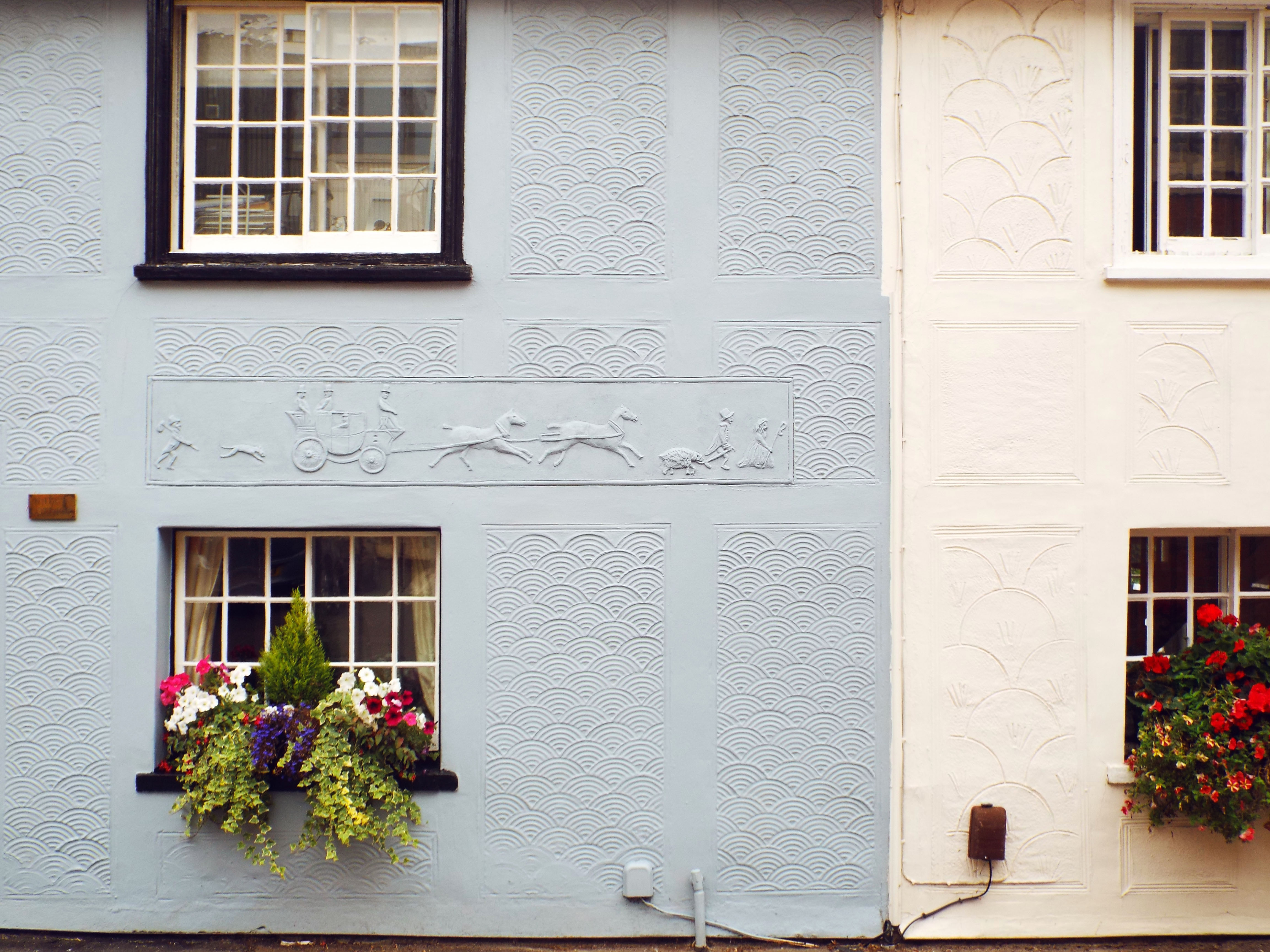Red, white and grey… a standardised national landscape
 Whither the vernacular?
Whither the vernacular?

This is the second blog that Ben Nourse, a graduate researcher working with the Cambridge Design Research Studio and studying to become a Master of Architecture in Urban Design, is sharing with CPRE Essex.
In 1955, Ian Nairn famously coined the phrase ‘subtopia’, a term referring to the suburban monotonisation of English landscapes. Architectural critic Nairn was referring to early-20th-century mass developments formed of repetitive byelaw housing and creating tedious local landscapes in which streets seemed similar across the country. Since the mass ‘Essexodus’ from the East End after the Second World War, neo-vernacular development has been present in Essex. However, there are visible material nuances between post-war mass development and those built after the 1973 Essex Design Guide.
In the context of the UK’s ‘housing crisis’ and a development market dominated by a handful of players, new development is now not only similar but is the same. Nationally, housing is being built with the same materials, by the same developers, with the same sources and to the same designs; the result is a nationwide neo-vernacular style. Like Andy Warhol’s repeated pop-art prints, these neo-vernacular developer homes are the same wherever they are. The issue with any mass style is that it is contextless. Although in a national context, the neo-vernacular is ‘in keeping’, at a local scale it disregards all traditional nuances. The neo-vernacular is composed of elements sourced from various regions across the UK, for example roof slate sourced from the West Country and brick clay from the South East. Although within the neo-vernacular there is prescribed material diversification, the palette is still limited to brick, render, PVC, grey slate and occasionally weatherboarding. This rising style is in direct correlation with the decline in local traditional methods such as thatching, flint knapping, pargetting and half-timber construction.
Vernacular building materials are a product of the resources that are immediately geographically available. In Pevsner’s introduction to Essex (2nd edn), he declares there is “no good natural stone” in the county. However, the ground is the main source of building material in Essex; clay is the dominant lithology of east and south Essex, particularly within the ‘Thames Group’, thus brick and clay-tiled buildings dominate the vernacular of Essex.
What can we do?
To retain a varied national landscape, we must reintegrate traditional building methods and materials, particularly those endemic to specific regions, such as pargetting in Essex and Suffolk. Perhaps more crucial is to ensure material variety, not merely among a single development but from other estates in the area, as illustrated in the Newhall estate in Harlow. Note that traditional materials don’t necessarily have to be used in the traditional format.
In the context of greenfield construction, to retain habitats, another idea is to integrate ‘living materials’, or nature with housing materials. Emilio Ambasz and Terunobu Fujimori are architects who not only place nature in their designs but create co-inhabited spaces for people and nature. In the built environment, minerals and timbers are reconfigured from their natural state into buildable materials. However, the natural landscape features material in its raw ecological or geological state. With the intention of integrating people and nature with architecture, consider both raw and processed material as not merely ubiquitous to the human experience; rather consider all states of ecosystems and geological systems as architectural components.
